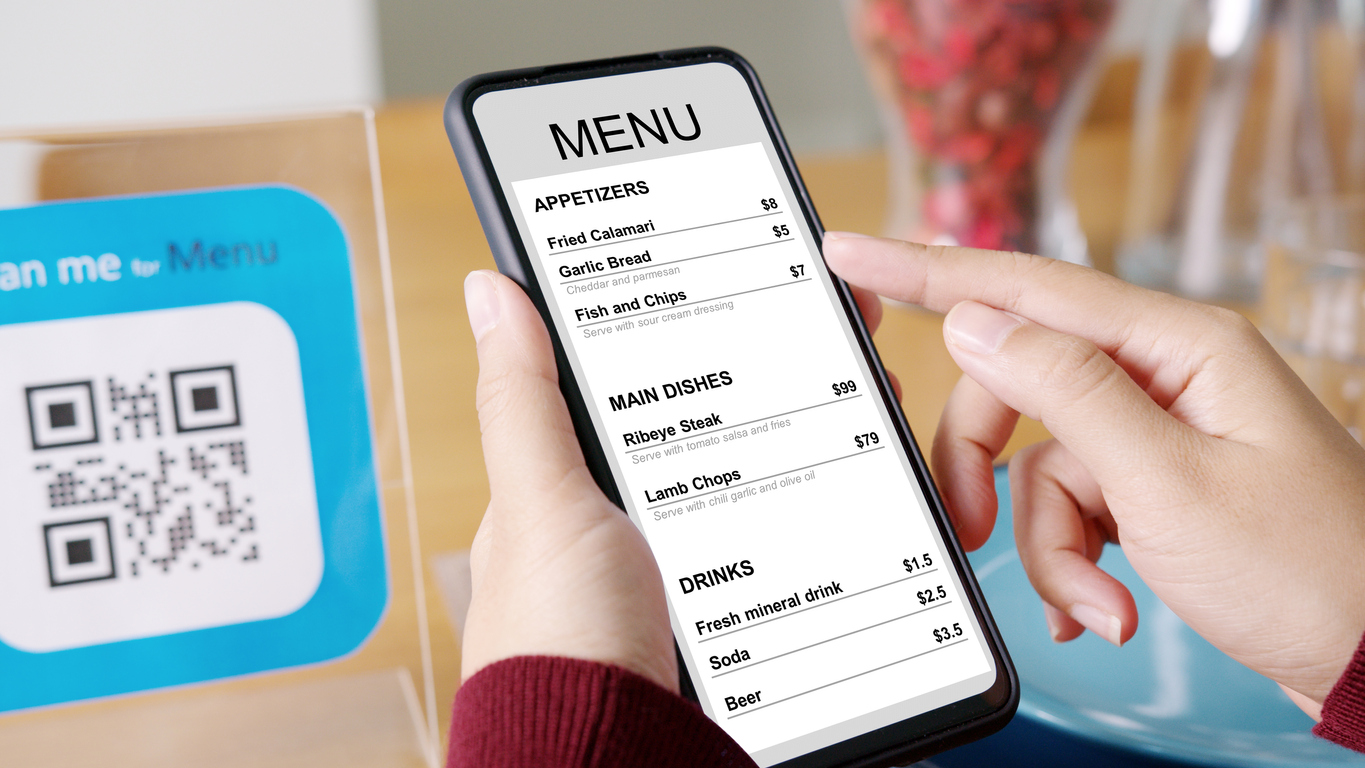At the SEAA’s 20th Annual Conference, I had the pleasure of participating in a panel discussion that focused on how COVID-19 has changed the face of payments. I was joined by Hunter Allen, CEO of Cervion Systems; Jim Bibles, SVP of Risk and Compliance at Aperia; and Katie Robinson, VP and GM of Payment Solutions at iStream Financial Services.
From payment acceptance, risk and underwriting to compliance, sales and more, COVID-19 has truly impacted all areas of the payments landscape. However, despite the obvious challenges, several trends emerged during the pandemic which created opportunities for ISOs, ISVs and small business owners alike. The key is being able to capitalize on those changes so you can successfully compete in this ”new normal” and make sure you are properly positioned for future growth.
How did the payments industry adjust so quickly?
Because technologies such as contactless payments, mobile payments and online ordering already existed, businesses were able to quickly add new payment channels. Take contactless payments, for instance. They had a slow start in the U.S., but when COVID hit businesses and consumers embraced the technology and the growth of contactless payments exploded.
QR codes are another great example. They’ve been around for years, but people didn’t really know what to do with them. Now it’s common knowledge that when you point the camera on your smartphone at a QR code you can access restaurant menus, order food and so much more.
Also, think about products like Paylink, which allows the merchant to send customers a payment link via text or email so they can make a purchase online right from their phone. This functionality has also taken off. Consumers appreciate the quick and simple payment process, and how it streamlines the checkout experience.
KEY TAKEAWAY
For payment sales professionals, this amplifies the importance of moving beyond selling traditional payment terminals and instead focusing on integrated solutions. The technology is there and has been for many years, and thanks to COVID, adoption among small business owners has really taken off. This leads to an easier sale for you, especially as it’s estimated that COVID accelerated the growth of integrated vertical solutions by probably five to 10 years. If you haven’t already transitioned to offering plug-and-play solutions instead of terminals that only solve for card-present payments, there’s never been a better time.
How has COVID-19 changed the customer experience?
I think the biggest change we’ve seen related to the customer experience is that we’ve finally evolved to a true omnichannel experience. We’ve been talking about omnichannel for probably 10 years, but it didn’t become a reality until COVD. That’s because things like online ordering, curbside pickup, and ordering and paying through your favorite fast food app became commonplace.
We have also made a dynamic change to the point where in order to have the fullest experience with a merchant, you need to use their technology or app. The Starbucks app is a great example because you get access to more options through the app versus what you see on the menu in-store. The app offers a much greater degree of personalization.
KEY TAKEAWAY
COVID has given us a chance to re-engage with our customers. Talk to them about how they can leverage technology to build an exceptional customer experience while also creating operational efficiencies. Show them how it can help them fill any gaps in terms of customer interaction and facilitate transactions with as little labor as possible, all while building customer loyalty and boosting retention.
What trends have you seen related to funding?
Something that has been a topic for many years is faster payments. When COVID upended the economy, improving cash flow became a top concern for small business owners. That’s why demand for ACH grew because it has a shorter settlement timeframe and businesses can get their money faster.
However, facilitating same-day payments means that monitoring needs to be done in near real-time, and that it now needs to be done multiple times a day, instead of just once a day. It also changes things from an underwriting perspective, so you have to make sure it’s an appropriate solution for your merchants.
KEY TAKEAWAY
Be strategic about which solutions you offer merchants. For example, a furniture store might ask for same-day payments, but they’re not a good fit because their product is generally delivered at a future date. Know your options for faster payments, but have parameters for which merchants are allowed to participate. Know what you are willing to fund, and at what levels, and talk to the merchant to truly understand their funding needs.
How did COVID-19 impact risk and fraud?
COVID played a major role in the explosive growth of payments fraud, with fraud up nearly 50% year over year. This is because many merchants stumbled into omnichannel without even knowing it. For example, say a merchant needed to offer curbside pickup, so they started taking orders over the phone. This in turn increased their interchange rates and caused them to lose their chargeback rights. Sensing the opportunity, fraudsters turned their attention to small- and medium-sized businesses that didn’t have the proper controls in place.
KEY TAKEAWAY
While businesses quickly adopted new technologies, most didn’t have a strategy around them because they were in survival mode. This is your chance to create value. When talking to prospective merchants, take a holistic view of their payment solutions. Encourage them to offer new payment channels when it makes sense, but make sure they are doing so in a way that preserves the best rates, the best technology stack and the best security stack.
The same is true when talking to current customers. Make sure they’re aware of the difference between card-present and card-not-present interchange rates and how changes in their payment mix may impact their exposure to fraud. This presents an opportunity for you to showcase other solutions that could financially benefit your customers and help them deliver a better customer experience.
Also, make sure your customers are aware of how any changes in processing might impact PCI compliance. This could mean sharing solutions that can lower their PCI profile while still securing sensitive data. For example, would the merchant benefit from a solution that uses Point-to-Point Encryption? This could reduce their compliance burden by eliminating the need to perform network scans and allowing them to take a shorter questionnaire.
What will the future of payments look like after the pandemic?
Contactless payments, e-Commerce and other related digital ordering options will continue to be second nature for many consumers. In fact, 80% of consumers are expected to continue their digital habits.
This is paving the way for continued growth in the buy now, pay later market. Often referred to as ”layaway with a twist,” the use of BNPL grew more than 200% last year and growth is expected to soar 10-15X by 2025 as business owners look for ways to remove price as a barrier for customers.
Providers at various points along the payments value chain are also amping up their monetization efforts and are continuing to work into the periphery of our business. We first saw this when Visa bought the Cybersource payment gateway more than a decade ago. Then more recently as Visa and Mastercard each purchased dispute resolution companies. Now we’re seeing the card brands looking to play in cryptocurrency, and Visa has made a big push into the mPOS and SoftPOS business by purchasing two major technology players in the space. The same is true with companies in the food delivery business, like Grubhub and Uber Eats. They provide a service and are in the payment stream, so they’ll probably try to monetize that.
KEY TAKEAWAY
To be successful, our businesses must continue to morph. We need to constantly identify new ways to play and add value beyond payment types. If we don’t create those value-added streams, then we will always be second to whoever else provides that service. Think about the merchant’s full ecosystem, on the front end and the back end. Position yourself as a business consultant and help them solve for the whole revenue cycle.
Want to make sure your business is set up for long-term growth? Drop us a line and we can help make sure you’re set up to leverage these trends and grow your business
Article by Clearent by Xplor
First published: June 05 2021
Last updated: July 25 2024

